Pogostemon cablin (Blanco) Benth. |
| |
|
|
Botanical Name |
: |
Pogostemon cablin (Blanco) Benth. |
English
Name |
: |
Patchouli |
Synonym(s) |
: |
Pogostemon heyneanus Benth., Pogostemon patchouly Pellet., Mentha auricularia Blanco, Menta cablin Blanco |
Family |
: |
Lamiaceae |
| |
General Info
| Description |
 |
|
A small bushy herb, which grows up to one meter in height. Stem is erect and quadrangular. Leaves are green, soft, opposite and ovate. Flowers are white, tinged with purple, mint-like and two-lipped, occurring in axillary and terminal spikes. |
| Herb Effects |
 |
|
Diuretic, carminative, stimulant (aerial parts); emmenagogue (leaves); antiseptic and aphrodisiac (oil). |
Chemistry
| Active Ingredients |
 |
|
Alpha-pinene, apigenin, azulene, benzaldehyde, beta-elemene, beta-pinene, cadinene, camphene, caryophyllene, caryophyllene oxide, cinnamaldehyde, eugenol, humulene, limonene, patchouli alcohol, pogostone, rhamnetin, tannin (plant); guaiacol, o-cresol, octanoic acid, phenol (leaf). |
| Chemistry
of Active Ingredients |
 |
|
|
 |
Name |
CAS# |
IUPAC Name |
Formula |
Structure |
 |
|
| alpha-Pinene |
80-56-8 |
2,7,7-trimethylbicyc
lo[3.1.1]hept-2-ene |
C10H16 |

|
| Apigenin |
520-36-5 |
4,5-dihydroxy-2-(4-h
ydroxyphenyl)-chrome
n-7-one |
C15H10O5 |
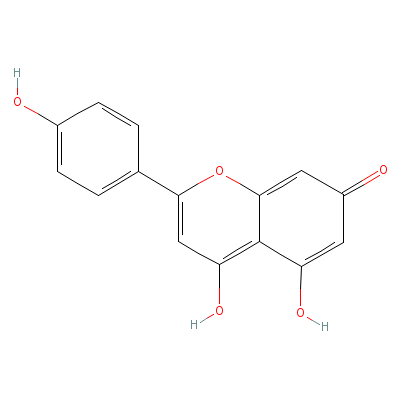
|
| Azulene |
Not Available |
3,8-dimethyl-5-propa
n-2-yl-azulene-1-sul
fonic acid |
C15H18O3S |
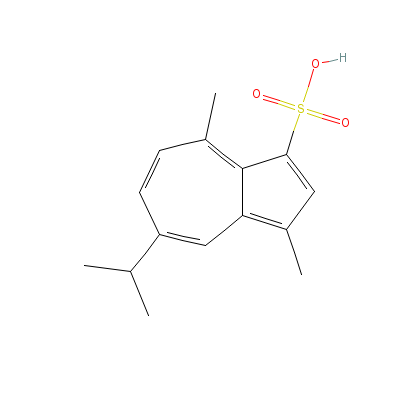
|
| Benzaldehyde |
100-52-7 |
benzaldehyde |
C7H6O |
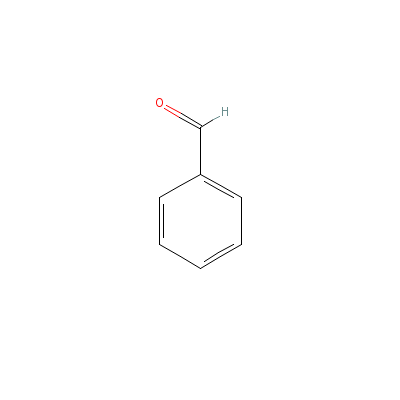
|
| Beta-pinene |
23089-32-9 |
6,6-dimethyl-2-methy
lidene-norpinane |
C10H16 |
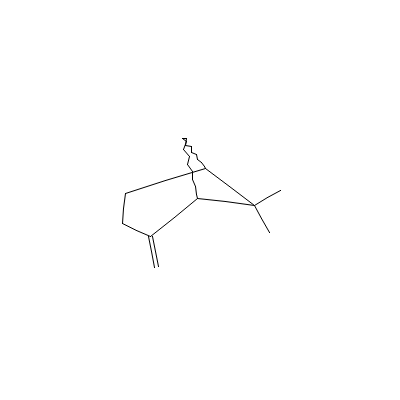
|
| Cadinene |
29350-73-0 |
1,6-dimethyl-4-propa
n-2-yl-1,2,3,4,4a,5,
6,8a-octahydronaphth
alene |
C15H26 |
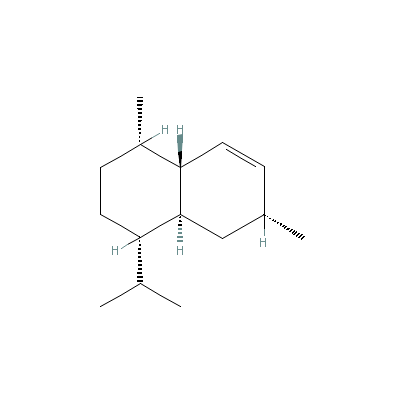
|
| Camphene |
5794-04-7 |
2,2-dimethyl-3-methy
lidene-norbornane |
C10H16 |
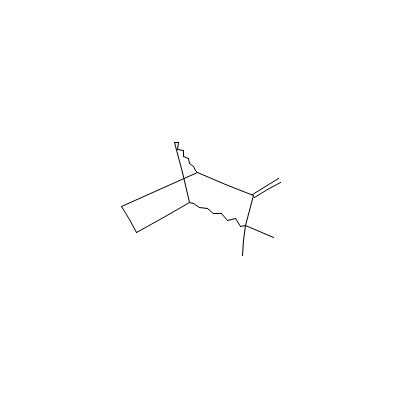
|
| Caryophyllene |
87-44-5 |
4,11,11-trimethyl-8-
methylidene-bicyclo[
7.2.0]undec-4-ene |
C15H24 |

|
| Caryophyllene oxide |
32095-03-7 |
Not Available |
C15H24O |
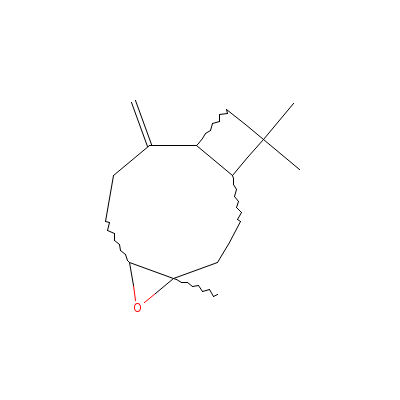
|
| Cinnamaldehyde |
Not Available |
3-phenylprop-2-enal |
C9H8O |
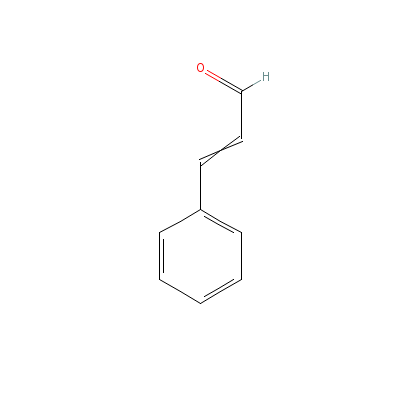
|
| Eugenol |
97-53-0 |
2-methoxy-4-prop-2-e
nyl-phenol |
C10H12O2 |
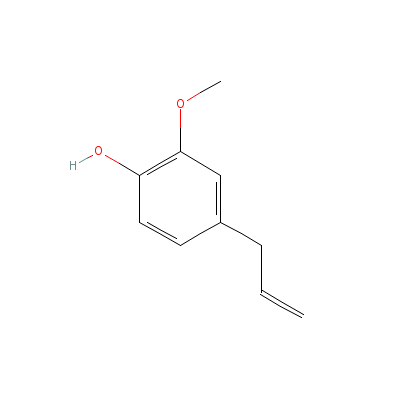
|
| Humulene |
6753-98-6 |
2,6,6,9-tetramethylc
ycloundeca-1,4,8-tri
ene |
C15H24 |
|
| Limonene |
9003-73-0 |
1-methyl-4-prop-1-en
-2-yl-cyclohexene |
C10H16 |
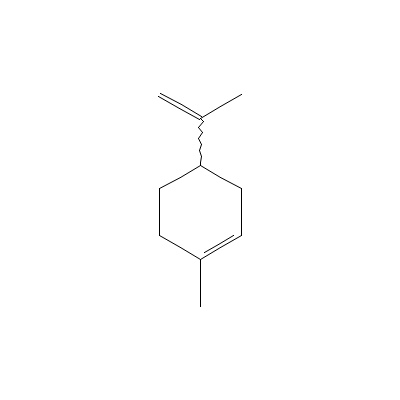
|
| Patchouli alcohol |
5986-55-0 |
Not Available |
C15H26O |
|
| Pogostone |
Not Available |
2-hydroxy-6-methyl-3
-(4-methylpentanoyl)
pyran-4-one |
C12H16O4 |
|
| Rhamnetin |
90-19-7 |
2-(3,4-dihydroxyphen
yl)-3,4-dihydroxy-7-
methoxy-chromen-5-on
e |
C16H12O7 |

|
| Tannin |
1401-55-4 |
Not Available |
C27H22O18 |
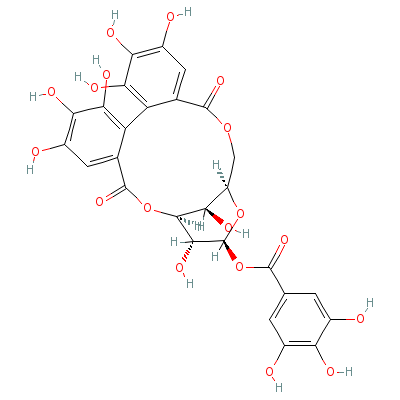
|
| Guaiacol |
90-05-1 |
2-methoxyphenol |
C7H8O2 |
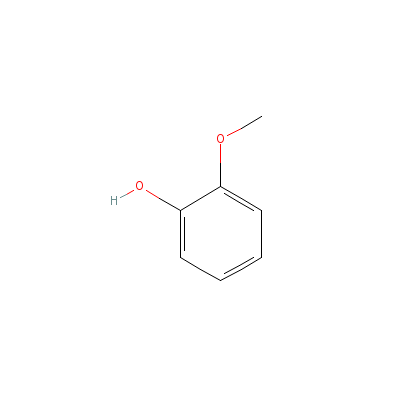
|
| O-cresol |
95-48-7 |
2-methylphenol |
C7H8O |
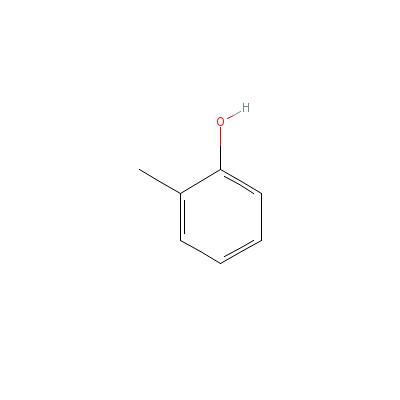
|
| Octanoic acid |
764-71-6 |
octanoic acid |
C8H16O2 |
|
| Phenol |
8002-07-1 |
phenol |
C6H6O |
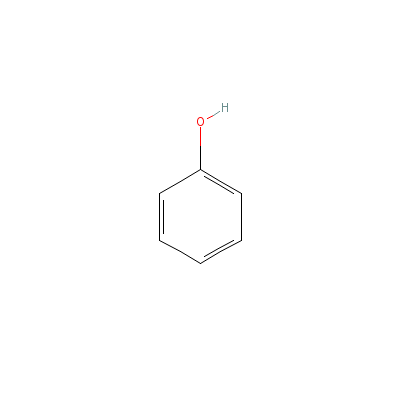
|
|
Pharmacology
| Medicinal Use |
 |
|
The crushed leaves are applied for arthritis and rheumatism. The infusion of fresh leaves are used for painful menses. Infusion of leaves, dried tops or roots used for scanty urination. The aerial parts are used for disturbance of the spleen and stomach due to the accumulation of dampness, with epigastric distension, anorexia, nausea, and vomiting. The patchouli oil is used in a wide variety of conditions such as treat skin and scalp problems such as athlete's foot, dandruff, acne, dermatitis and to help heal wounds and scars, to help reduce tension, insomnia and anxiety etc. |
| Reference |
 |
|
 Jing-Nuan Wu. An Illustrated Chinese Materia Medica. P: 48, Oxford University Press, Inc.2005. Jing-Nuan Wu. An Illustrated Chinese Materia Medica. P: 48, Oxford University Press, Inc.2005.
|
Dealers
Products
|
|